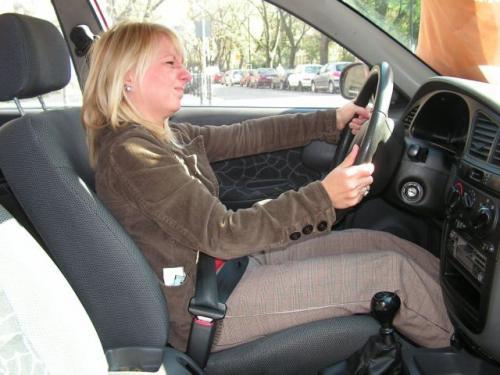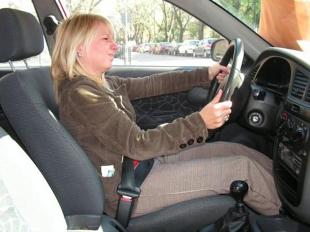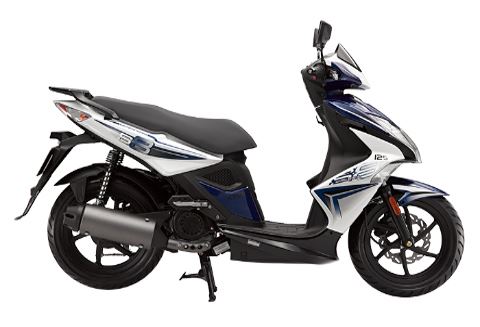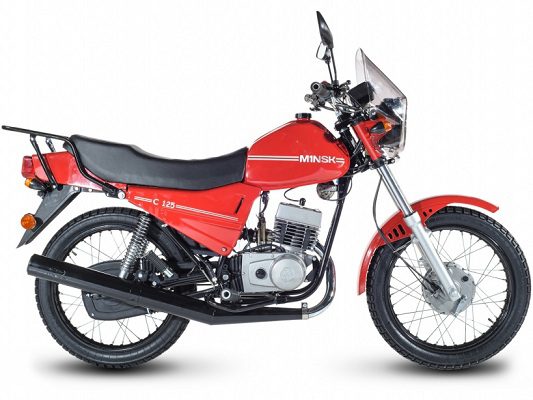
Power steering
 Today it is difficult to imagine a car that is not equipped with power steering.
Today it is difficult to imagine a car that is not equipped with power steering.
Only the smallest, cheapest models do not have this element.
Not so long ago, the "Polonaises" produced by us were deprived of a power steering. While driving, there was no such problem, but when someone was driving mostly in the city and had to park a lot, he could develop muscles without going to the gym. However, the Polonez is not a very good example of a car where power boost is necessary or at least desirable. It was rear-wheel drive so it didn't take as much effort to turn the wheels. The situation is completely different in the case of front-wheel drive cars. Here, the driver has to exert considerable effort, since in addition to the steering rods, part of the relatively rigid drive system, especially the hinges, has to be moved. How much strength it requires - the one who knows it at least once  he was driving a towed vehicle with the engine off. It is enough to try to turn the wheels hard with the engine off in place to find that the power steering makes turning the wheels much easier.
he was driving a towed vehicle with the engine off. It is enough to try to turn the wheels hard with the engine off in place to find that the power steering makes turning the wheels much easier.
The best electric
Support is provided in almost three ways - with the help of a pneumatic system (in buses and trucks), a hydraulic system and an electrical system. The last two solutions are mainly used in passenger cars.
Historically, the first power steering to be widely used in passenger cars was the hydraulic system. A crankshaft-driven pump circulates oil through valves that open when the steering wheel is moved. The pressure is proportional to the amount of force assisting the driver in maneuvers. Today, the pump is usually driven by a V-belt rather than directly from a shaft.
However, hydraulic systems are not without drawbacks: the system only works when the engine is running, constantly consumes the power needed to drive the pump, is made up of many components (which contributes to malfunctions), and consumes a relatively large amount of energy. place in the engine compartment. The hydraulic system is also not well suited to work with low horsepower engines where every horsepower counts.
Currently, more and more mixed systems are used - electro-hydraulic, in which the hydraulic pump is driven by an electric motor.
However, the electric system, which is easy to assemble and lighter than hydraulic, is gaining more and more popularity. At the same time, it is cheaper, more reliable and more accurate. It consists of an electric motor connected by a clutch to a gearbox and a steering shaft. A separate part is the electronics, equipped with sensors that determine the force applied to the steering wheel and the angle of rotation of the steering wheel.
EPAS (Electric Power Steering) has many advantages over hydraulic power steering. First, the electrical system operates and uses energy only when it is needed. As a result, fuel consumption is reduced by approximately 3% (compared to a hydraulic system). The electrical system is about half as light (about 7 kg) as the hydraulic one, and its main element - the engine - can be installed outside the engine compartment, on the steering shaft itself.
Hydraulic power steering typically uses proportional power steering, with progressive power steering available at an additional cost. In the electrical system, the force of action is stored in the computer's memory, so almost any adjustment is not a problem. Thus, the largest value of the auxiliary force is used at low speeds and high turns (maneuvering), and the smallest value is used when moving straight. In addition, the electric power steering system can self-diagnose and report any damage to the driver.
Almost every car
Power steering systems have already become standard in almost all cars, including the smallest ones. Manufacturers usually offer one, the smallest car, in which a power amplifier is an option. This is due both to the price (such a car is a bit cheaper) and to the enrichment of the offer. There are also drivers, especially the elderly, who - "educated", for example, on polonaises - claim that they do not need such a system.
The surcharge for power steering is about PLN 2. PLN (for example, in Skoda Fabia Basic it is 1800 PLN, in Opel Agila it is 2000 PLN, and in Opel Corsa it is a package and with other equipment it costs 3000 PLN).
Like all vehicle components, power steering can fail. The electrical system has the advantage that the on-board computer is capable of detecting and diagnosing most faults and faults. All adjustments and repairs must be carried out in specialized workshops equipped with diagnosticoscopes. Sometimes the fault can be very prosaic (for example, tarnished contacts), in which case a voltage test can provide an answer as to the cause of the fault.
The hydraulic booster is subject to many more failures. Also in this case, it is worth contacting a properly equipped workshop, because the steering system has a significant impact on driving safety.
The most common symptoms of a power steering system failure are hard steering when turning, vibrations, pump noise, and oil leaks. The reasons for such breakdowns can be different - from regular gaskets to cracks in the material from which the system elements are made. However, a reliable diagnosis can be made after visiting the workshop.

